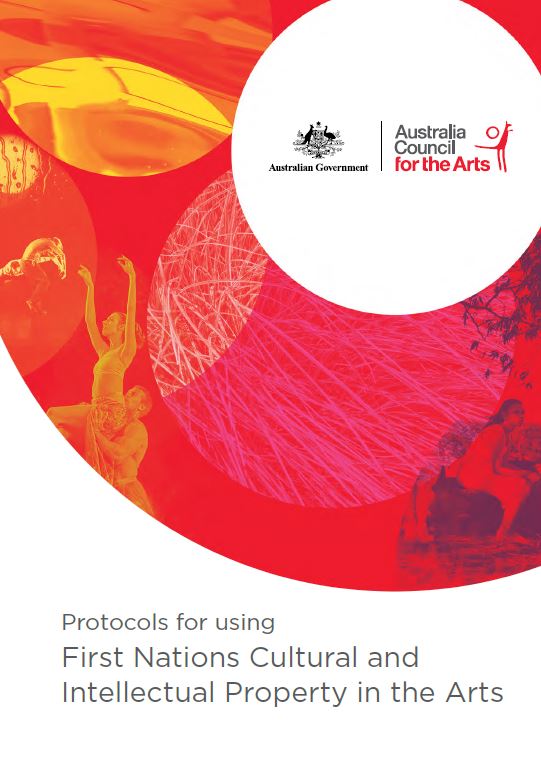Australia Council for the Arts
Protocols for Using First Nations Cultural and Intellectual Property in the Arts Translation into Chinese Project
Australia’s unique Indigenous artistic and cultural expression is rooted in thousands of years of heritage and continuing
When the Musée du Quai Branly opened in Paris in 2006, visitors were spellbound by the immense power of the vast collection of Australian Indigenous artworks, including special landmark commissions on the ceilings and façade by eight of Australia’s best known Indigenous contemporary artists. In May 2007, Emily Kngwarreye’s Earth’s Creation was sold at auction for more than $1 million, at the time the highest price ever for a painting by a female artist in Australia. In 2017, it was then sold for over $2 million at a Sydney auction, making it the second highest price paid for an Indigenous artwork in Australia.
While works by individual artists such as these are protected by copyright, there are often no legal rights around the broader reproduction and use of Indigenous cultural heritage material. Australia does not yet have a law that prevents alteration, distortion or misuse of traditional symbols, songs, dances, performances or rituals that may be part of the heritage of particular Indigenous language groups.
That is where this Australia Council for the Arts’ Protocols for using First Nations’ Intellectual and Cultural Property in the Arts (the Guide) comes in. This Guide spells out clearly the legal as well as the ethical and moral considerations for the use of Indigenous cultural material in arts and cultural projects. They can help people do the right thing.
This Guide recognises that in Indigenous Australian communities, the artist is a custodian of culture with obligations as well as privileges.
